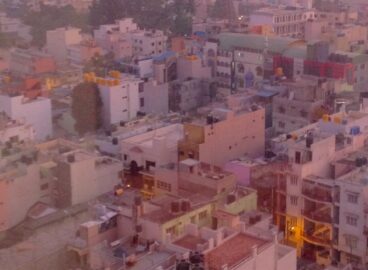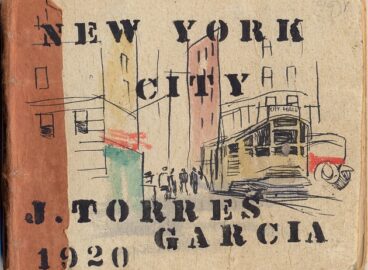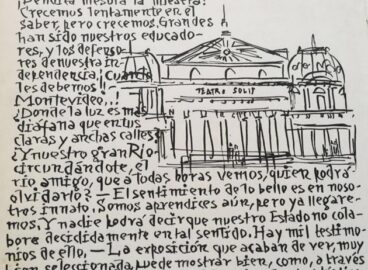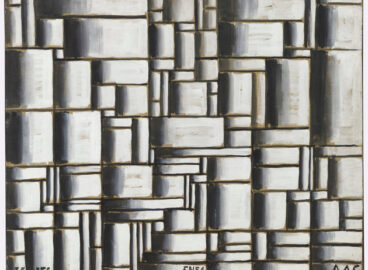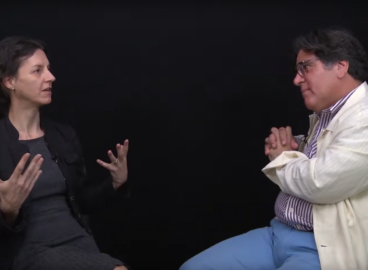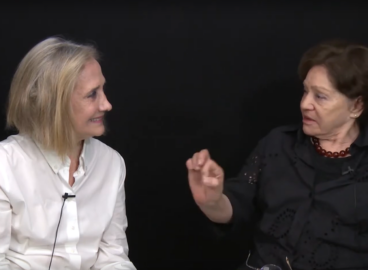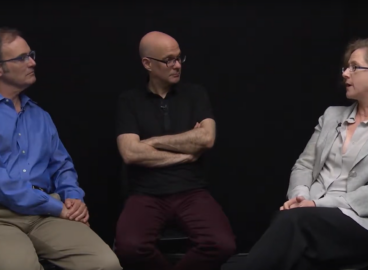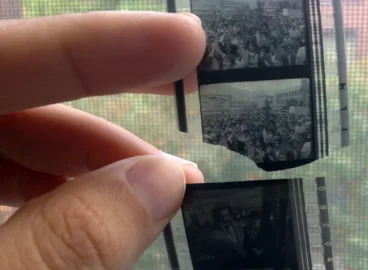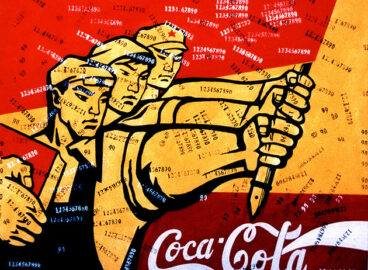Art-Driven Adaptive Reuse in Several Indian Cities
Preservation and reuse drive the art-driven adaptation of nineteenth- and twentieth-century architecture in cities across India, including Kochi, Goa, Mumbai. This essay explores how such sites can be spaces not just of preservation but of alternative making and institutional critique. From the 1960s revival of SoHo in downtown Manhattan to the 2009 opening of the Sharjah…
